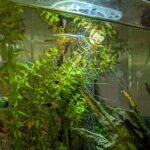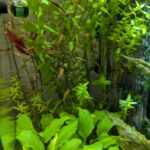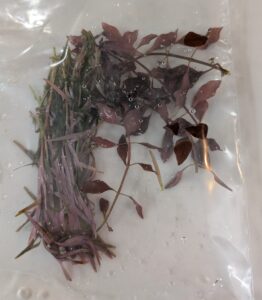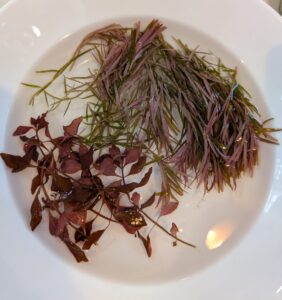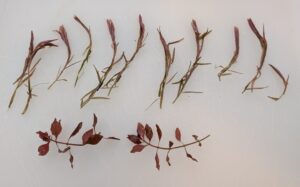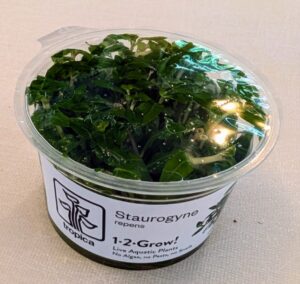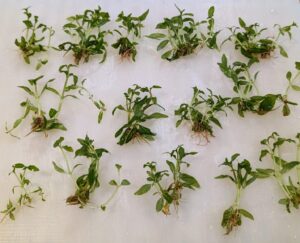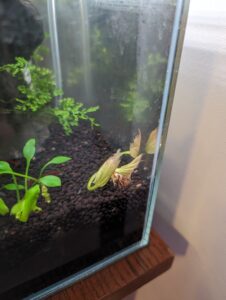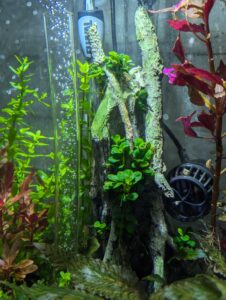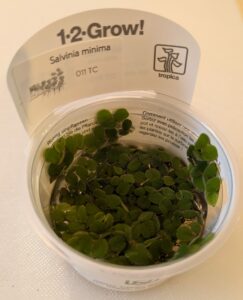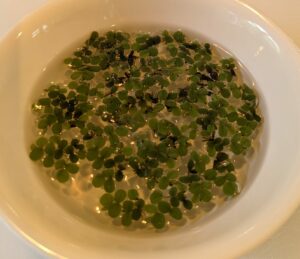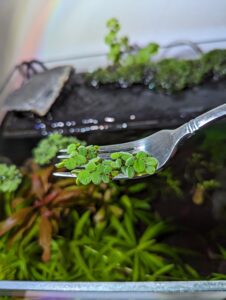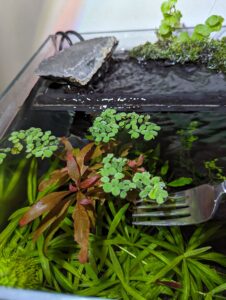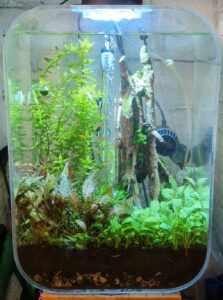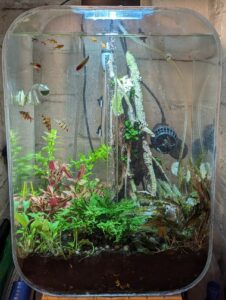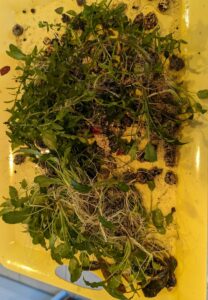The Fireplace Aquarium was looking pretty overgrown and I hadn’t done a water change in a couple of weeks so time to get stuck in for some maintenance. For me, once I get going on this kind of thing it tends to get a little more vigorous than first anticipated, but it has a way of working out.
Stem plants can grow fast and if they get to the surface they can block a lot of light. Being exposed to open air can also change leaf characteristics back towards emersed form growth. You can potentially get a lot of adventitious root formation as well with plants looking to grab on to the surface surroundings.

